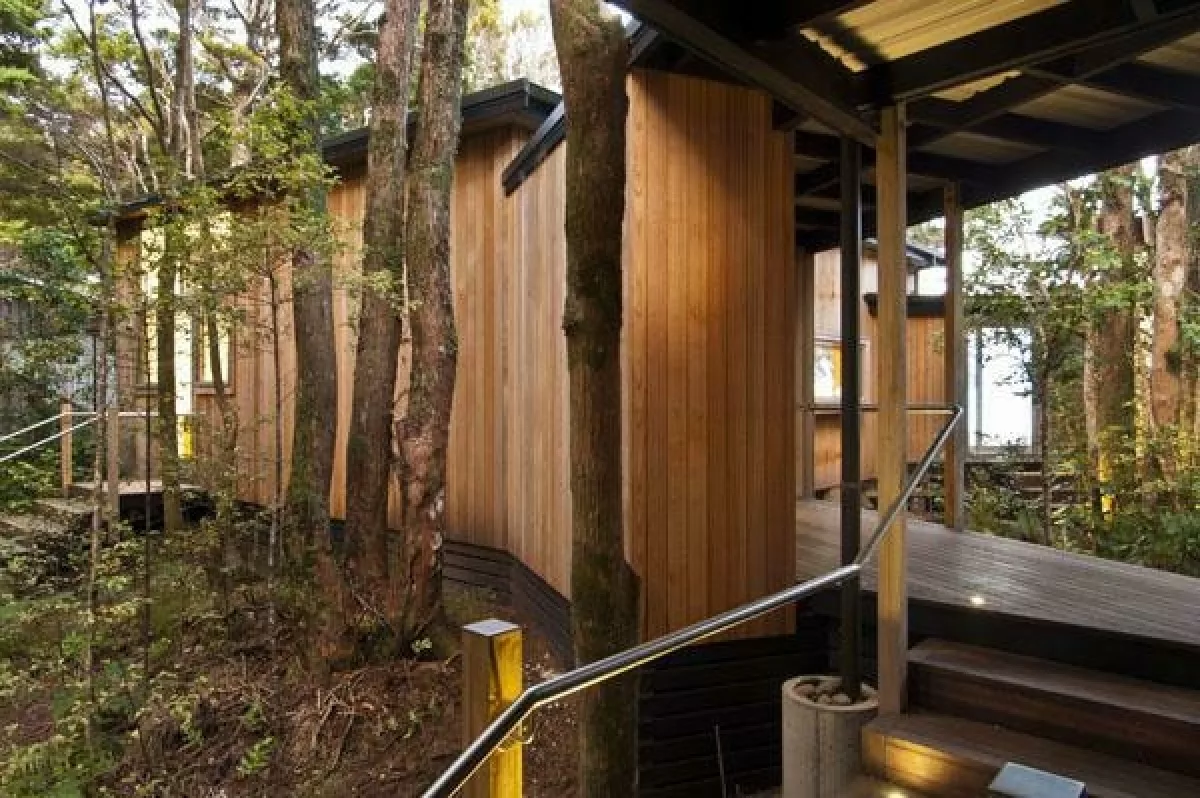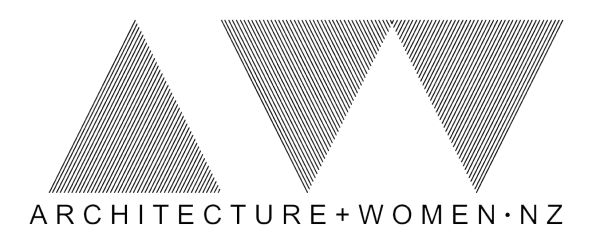Profile of Min Hall
19 Nov 2012
Profile of Min Hall
When did you finish your architecture degree?
I finished my architecture degree in 1978 as one of the first graduates (and the only woman) from Victoria University of Wellington’s new school of architecture.
Do you work within a practice or do you have your own practice?
I’m in the process of reinvention!
I left Arthouse Architecture Ltd in 2009. I co-founded Arthouse in 2001 with David Wallace and we quickly became Nelson’s biggest practice with 12 staff.
Why reinvent? – I didn’t like the idea of continuing doing basically the same thing for another 20 years and Nelson didn’t offer me the kind of challenge I was after. I wanted to stop making and look at what has been made.
University seemed like the place that allows this to happen so now I am teaching part-time at Unitec School of Architecture and have just completed a Master of Architecture by thesis through Victoria University. I do some architectural writing for magazines, conferences and books and give the occasional public lecture.
Why did you start your own practice?
The places I chose to live did not have any resident architects –Murchison, Springs Junction, Motueka. The only way to live there and not have to travel was to set up on my own. I did 2 stints of working for other architects which meant moving away from home. Firstly with Peter Lester in Blenheim when I was living in Murchison and then with Peter Beaven in Christchurch when I was at Springs Junction. During this time I also did my own jobs and set up properly in Motueka after registration in 1987. My office was at home on a pretty self sufficient property and I employed 2 graduates full time and had contract draughtspeople as well. We were always building something at home and collecting building materials for my architectural projects.
Why did you study architecture?
I guess because it was practical and it was the only thing that really combined the things I was good at and enjoyed the most at school. I liked maths and physics and I also liked art, history, and economics. In the 1970s it was a real battle to be able to do a mix of arts and sciences at school but if you said you were going to be an architect it kind of made sense and they had to renege.
The only other careers I seriously considered were becoming a mathematician or a meteorologist – I loved the idea of heading off to those remote islands off New Zealand’s coast and sending up helium balloons, reading rain gauges and learning how to understand and predict the weather. However, one day in 1972 when I was 15, my father brought home the newly published First New Zealand Whole Earth Catalogue. It was full of how to articles, particularly about how to build things. I was hooked and that was that – I was going to be an architect.
I think that architecture has much to offer society in terms of how we plan the built environment but frustratingly it is so misunderstood. So many people think its just about expensive buildings, about architects with large egos or hero status, and about making things pretty or glamorous, and therefore ... that its unnecessary. This is and has been a problem that has dogged the profession for years.
Min Hall
If you were to choose a career again, would you choose architecture?
I’d do it again for sure. I love being an architect and I love seeing the world with an architect’s eyes. It’s hard to imagine not doing so. We did not get a good deal being the first students in a new course and I think if I was to start again I might think about taking a more fragmented approach to the university side of things. I just wanted to get the degree over and done with so I could get on with being an architect. I’ve always thought that a more apprentice based training would have suited me more and have taken that stance when relating to graduates in the office and now to students.
How was architecture different to what you imagined when you started working?
My father was an architect, we had lots of architect friends and I had a reasonable idea of what being an architect meant. However I always wanted to be a different kind of architect. I didn’t want to have an office in town. I wanted to use untreated timber, incorporate recycled materials and use materials that were close at hand. These things were important to me right from before I went to university. I wanted to try out low tech building methods – like earth building – and I was keen to be involved in projects where the owner, builder and architect shared similar values.
Its really important to get the relationship between what is proposed and the site on which it sits right. This relationship will probably be more lasting than that with the client. It also affects other people, the community.
Min Hall
What do you love about architecture?
I don’t know that I can explain this but I really do ‘love’ it. I love seeing a great drawing or drawings of an architectural idea and converting that in my brain to what it would be like built. I love the feeling of being inside a building that really moves me – I can easily cry! When this happens I like that it’s bigger than me, that it’s bigger than the architect, the client and the builders who made it.
On a different level I love it when you get the opportunity to work closely with people on something that is so important to them. Sometimes the relationships developed are the real prize – not the building and not the money.
Why is architecture important, to you, and to society?
Architecture is important to me first and foremost because I love it. I feel passionate about it, and I think it’s important to feel passionate about what you do.
I think that architecture has much to offer society in terms of how we plan the built environment but frustratingly it is so misunderstood. So many people think its just about expensive buildings, about architects with large egos or hero status, and about making things pretty or glamorous, and therefore ... that its unnecessary. This is and has been a problem that has dogged the profession for years.
On a cheerier note I think architecture has an important role as being a record of human activity and in defining places. I think most people would acknowledge this.
It’s also refreshing to see that some architects around the world are practising in different ways – helping build community in the many places where there is poverty and displacement. We can learn from that here.
Do you work full time or do you balance work with other commitments?
I worked full time for many years but not all of it was architecture. For a start, 1979-84, I was living in fairly remote places and did other work too – farm work: fencing, haymaking, working in shearing sheds and possum hunting. I worked for Lands and Survey (DOC) on a track cutting gang, I was a builder’s labourer and I made leather bags and sold them in cities.
Then from 1985 architecture became almost full time. I had 2 step children and my partner and I managed both work and parenting from home.
Since 2009 the balance has shifted. I now teach and have been studying for a Master of Architecture degree which I completed this year. I have also completed the outstanding Arthouse projects that were still on-going when I left in 2009.
Can you briefly explain a typical day? How do you balance work and life?
Here’s an ideal day – I go for an hour long walk between six and seven. Have breakfast with my partner and listen to Morning Report to get some idea of what’s happening out there. We only get the paper on Saturdays to prevent drowning in newsprint and overfilling the recycle bin each week. Go into my home office around nine and work on whatever writing project is current, prepare teaching material or work on a design. First coffee around 10 followed fairly quickly by the second. Three afternoons a week I teach at Unitec. I go, on average, to one architectural lecture or event a week, go to the odd movie, go to Pilates twice a week, eat out or have friends in at least once a week. Often I have music playing and currently I’m on slug patrol straight after my morning walk keeping those little suckers off my veggies.
And one day I’d love to have another architect design a house for me. I want to find out what its like being on the other side, to experience being a consumer not a creator of architecture.
Min Hall
How do you approach a design? What is most important for you to get right?
I first gather information. From the client, I try and work out what are the key things that are important to them. Its pretty important to get this right.
I get whatever information I can about the site and then I go there. I take compass readings of views and landmarks. If specific expertise is necessary then I get that. All the time, information is being absorbed.
I draw the site in plan and section(s). I mark in all the legal limitations. I draw in the sun angles. I figure out where the wind and rain come from. If its tricky to get on and off the site I work out the possibilities. Meanwhile all the info is brewing. I keep drawing.
Its good to work out early on how far you can push a client. Sometimes people say they are open to new ideas but in reality they really want that hip roofed house with the verandah all the way round that they fell in love with years ago. Other times they really are open to a fresh approach.
All the time I try and be inside the design in my head or on the piece of paper in front of me and keep questioning it until I can’t get any further without consulting the client. The ‘I’ here can be ‘we’ if its a collaboration.
Its really important to get the relationship between what is proposed and the site on which it sits right. This relationship will probably be more lasting than that with the client. It also affects other people, the community.
What have been the biggest struggles in your career?
When a project goes wrong – could be a construction problem that appears sometime later, could be falling out with a client, could be a mistake not picked up in the office that rears its head on site, could be a budget overrun. There have only been a few in my career but they are tough.
What is the project you are most proud of?
There have been a number of times that I’ve felt that what I’ve just done is the best I’ve ever done! The moment passes when a few years later it happens again. Its not so good when the gaps are too long.
I’m pretty happy with a group of four projects that I’ve done as part of Arthouse Architecture in Totara Ave, in Golden Bay. They are all team projects lead that I’ve led. When you keep working in a particular neck of the woods you really get to understand how to occupy it in a way that really works for the humans and remains sensitive to the place.
The Hop Kiln conversion near Upper Moutere and my own (not any more) straw bale sleepout at Riwaka are also favourites.
What do you hope to be doing or designing in ten years? What is the direction you would like to take for your career?
I’d like to be combining teaching, research and practice and be part of a team or teams to achieve this. I’m interested in the relationship between the by-products of agriculture and architecture particularly when it comes to using straw or straw bale for building. Its a misunderstood and under-utilised material.
And one day I’d love to have another architect design a house for me. I want to find out what its like being on the other side, to experience being a consumer not a creator of architecture.












